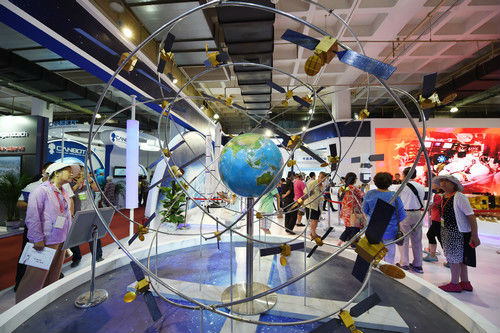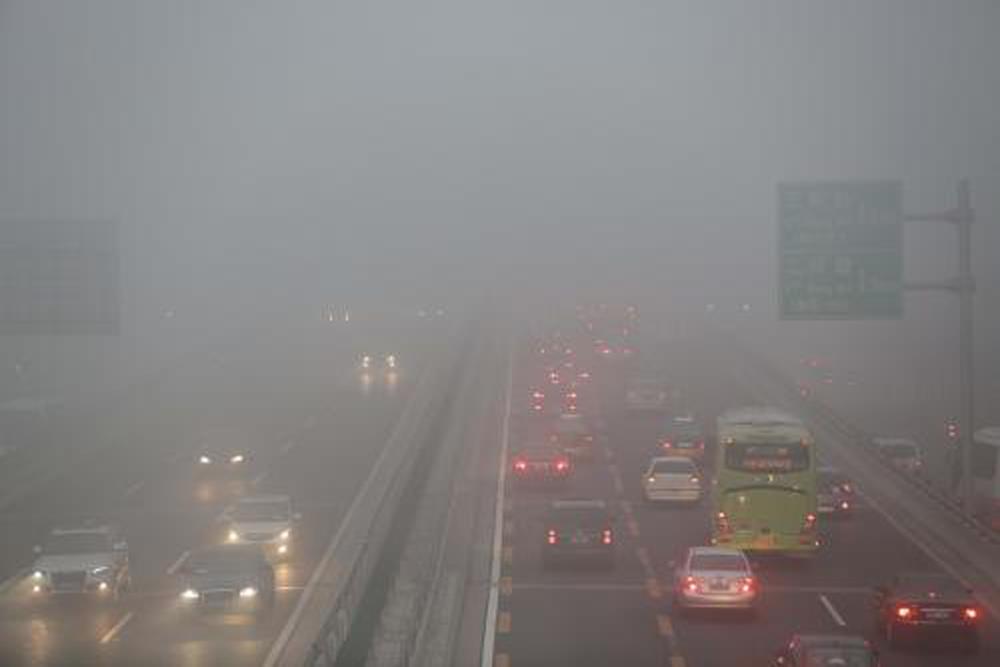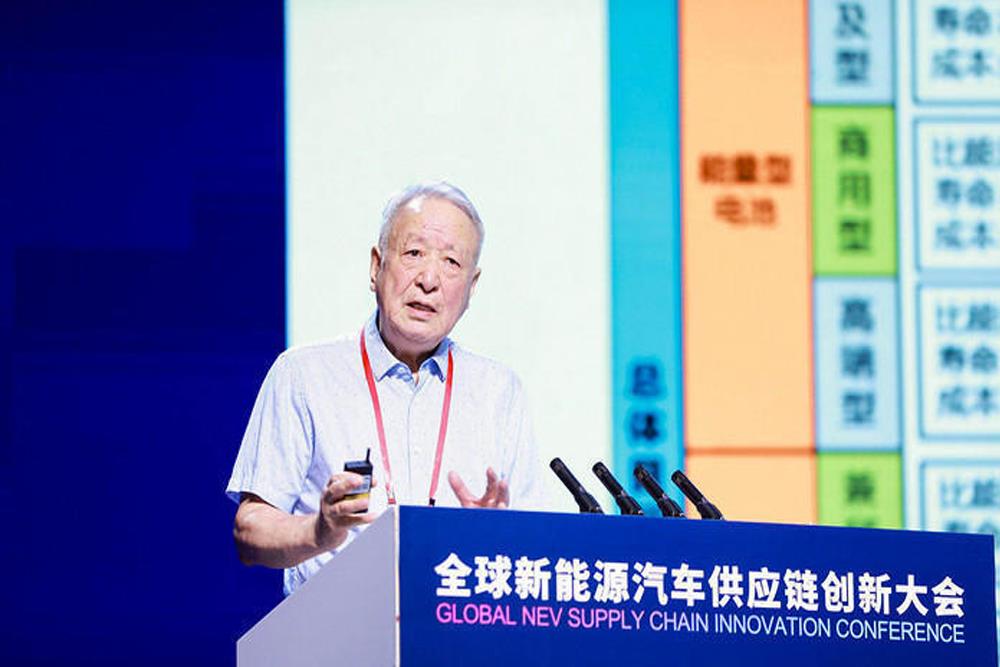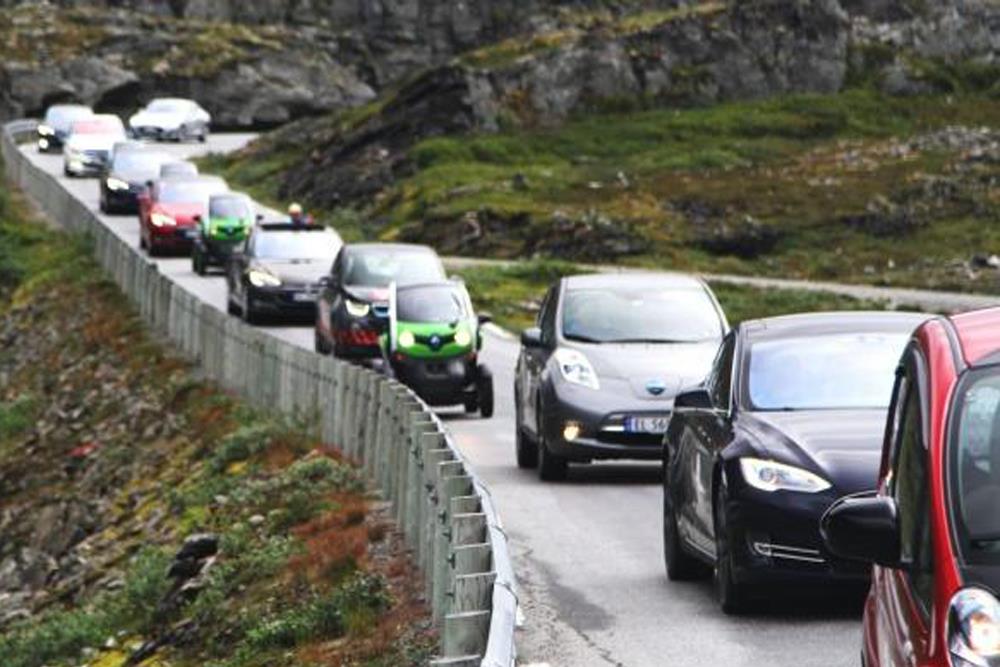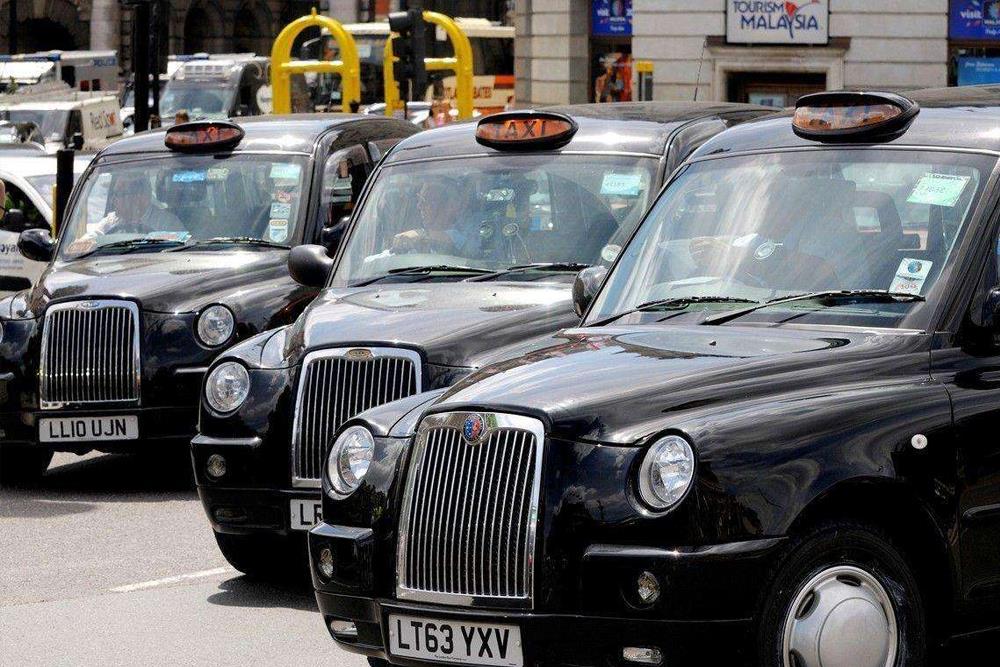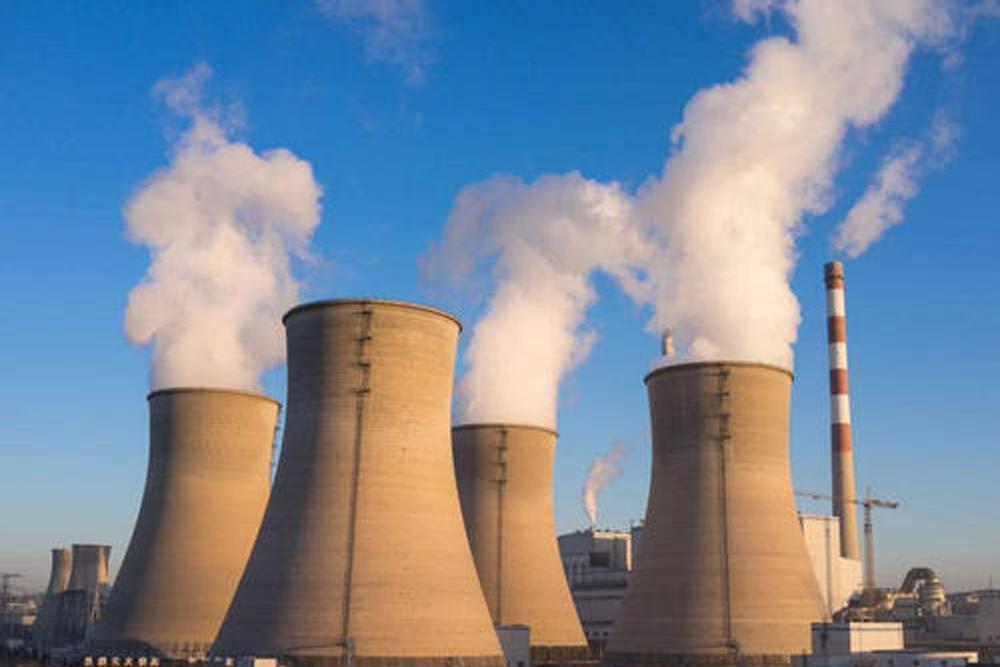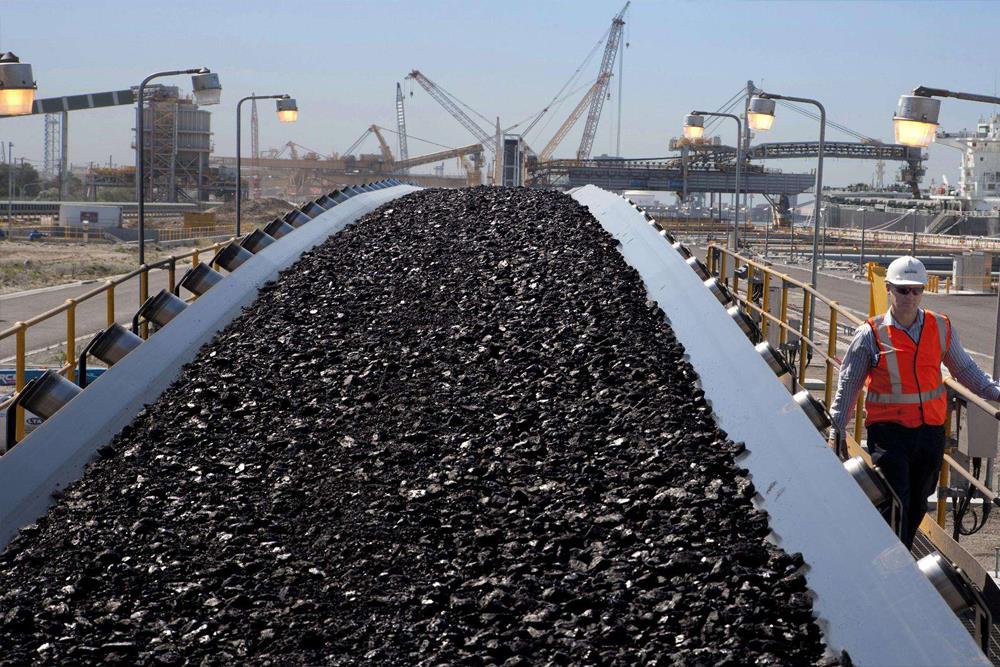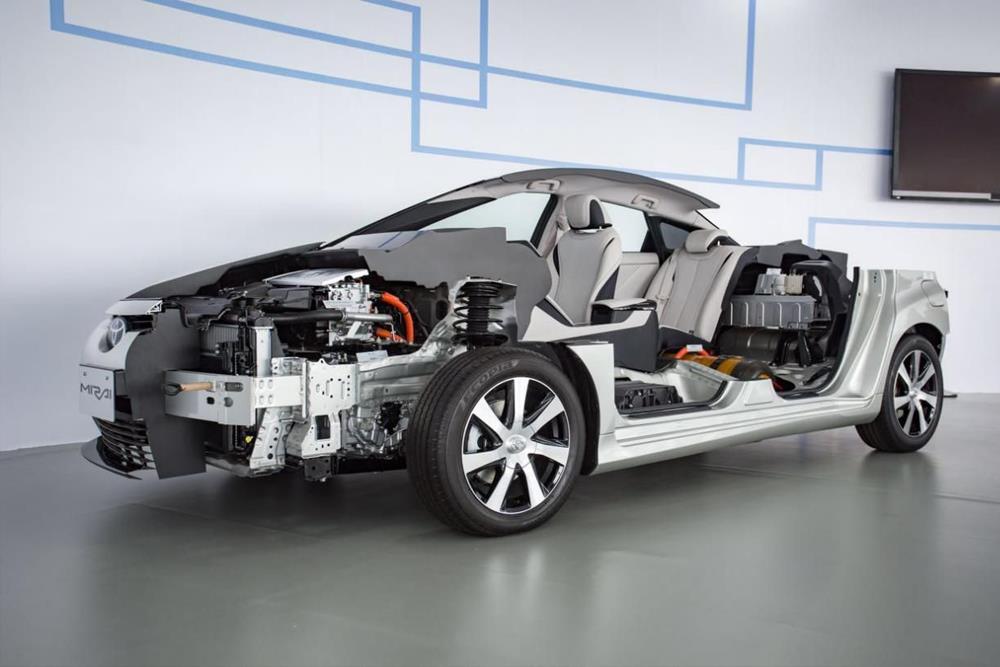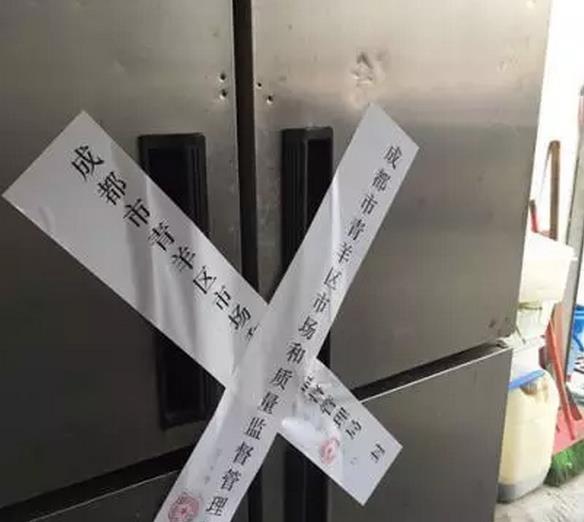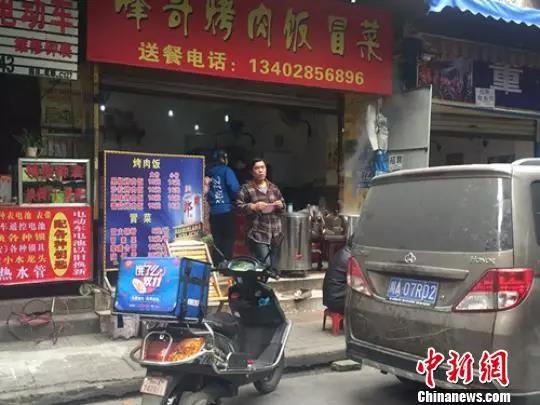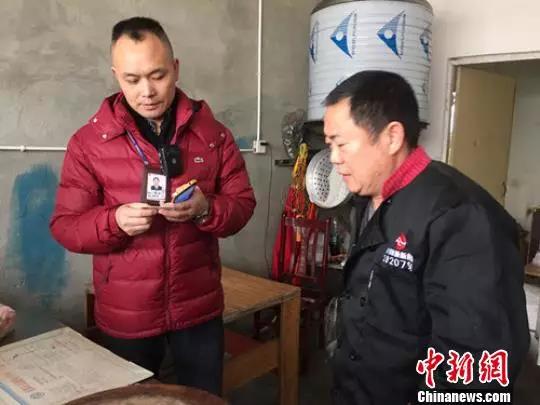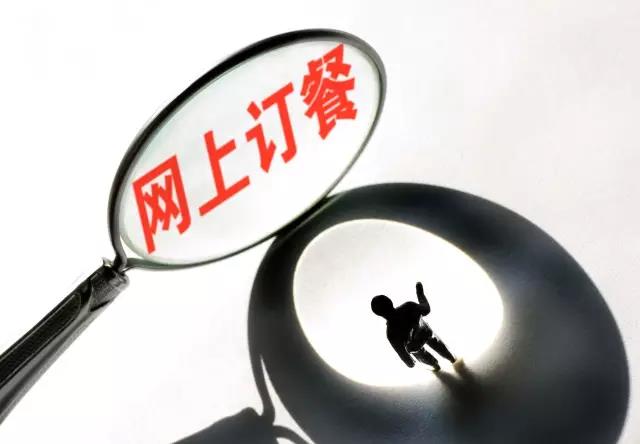Reduce the price! Subsidies! Cars with more than 200,000 yuan are directly discounted by 100,000 yuan? The "price war" started! These cars are all cheap →
Guangzhou, Guangdong: A variety of models get together to promote consumers’ opportunities.
In China, the sales of new energy vehicles are increasing.In 2022, the annual sales of new energy vehicles in China was 6.887 million, a year-on-year increase of 93.4%.According to the latest data of the Federation, the retail penetration rate of new energy vehicles in China reached 31.6% in February 2023, far exceeding the level of the same period last year. This brings double challenges of market and price to the traditional fuel vehicle market. What changes have taken place in the consumer market?
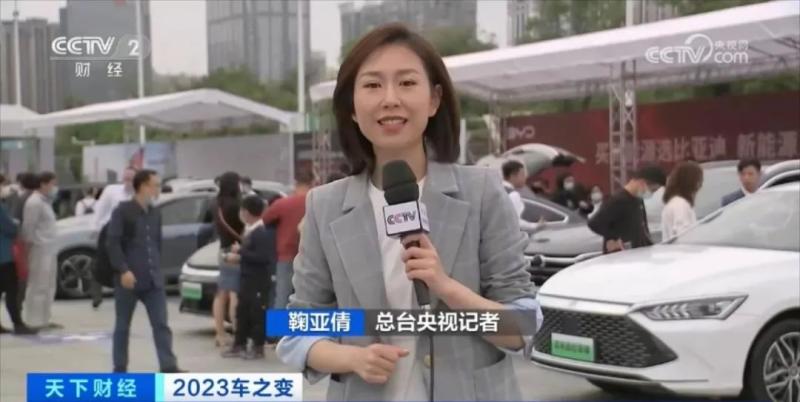
CCTV reporter Yan Yaqian:At the scene of an automobile consumption festival in Guangzhou, Guangdong, many consumers came to buy cars and choose cars. There are about 50 automobile brands in the whole exhibition area, and there are as many as 150 models on display.
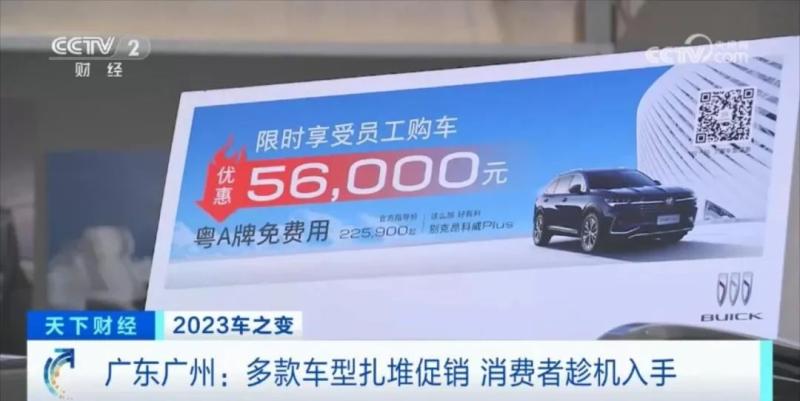
The staff told reporters that the biggest change in this year’s auto show is that the preferential strength has increased significantly. In addition to the 1000 yuan-3,000 yuan consumption subsidy, various manufacturers also have different degrees of promotional activities.
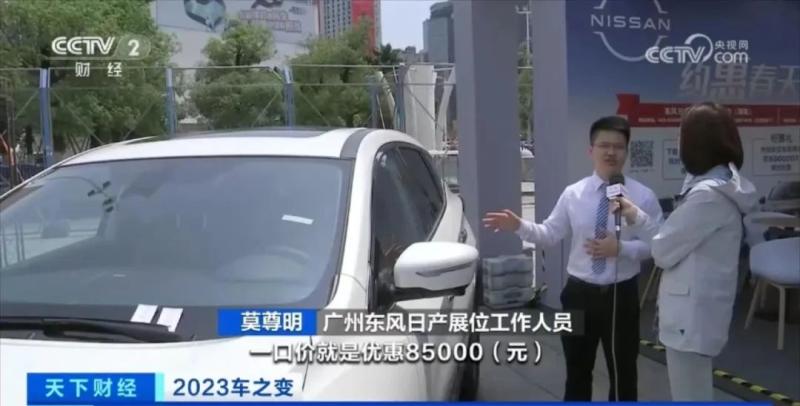
Mo Zunming, a staff member of Guangzhou Dongfeng Nissan booth:The original price of this car is 271,300 yuan, which means a discount of 85,000 yuan. There are licensing subsidies and insurance subsidies, and the maximum discount can be more than 100,000 yuan.
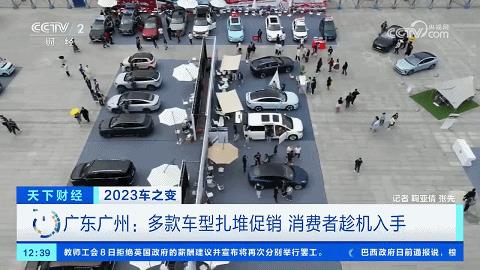
The staff told the reporter that two years ago, the proportion of new energy vehicles at the auto show was only 20%, and there were few concessions. This year, the proportion of new energy vehicles and fuel vehicles is equivalent, and the promotion efforts have also increased. In the face of competition, in order to win more customers, fuel car manufacturers are also reducing prices and promoting sales. The "price war" is in full swing, which also makes consumers with car purchase plans eager to try.
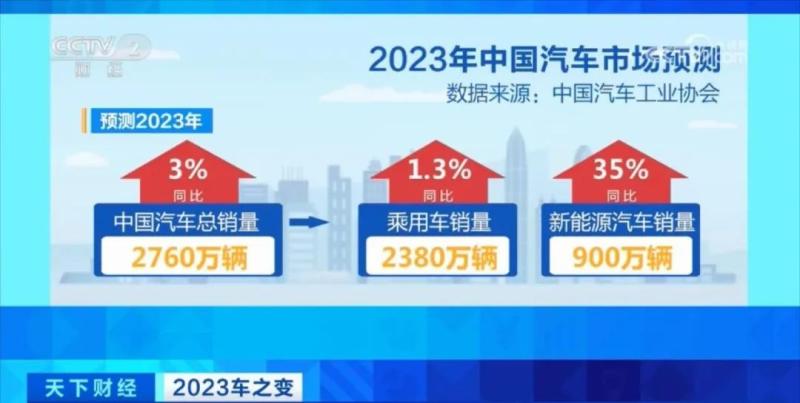
Since the beginning of this year, Hubei, Guangdong, Jilin, Sichuan and other places have introduced various policies aimed at stimulating automobile consumption, including issuing coupons, extending the time of car purchase subsidies, and increasing car purchase indicators.China Association of Automobile Manufacturers predicts that the total automobile sales in China will be 27.6 million in 2023, up 3% year-on-year, of which the sales of passenger cars will be 23.8 million, up 1.3% year-on-year; The sales volume of new energy vehicles was 9 million, a year-on-year increase of 35%.
New energy vehicles have cut prices and fuel vehicles have entered the market to "fight"
At the beginning of January this year, Tesla launched the "first shot" of car price reduction, and then new energy brands such as Wenjie, Tucki and Zero Run followed suit.At the beginning of March, the news of a group of "Dongfeng" car companies’ promotion pushed the "price war" of this price reduction promotion to a climax. With the promotion of new energy vehicles at reduced prices, fuel vehicles have increased subsidies to "fight". What changes are reflected behind this in the automobile industry?
In March, in Hubei Province, several brands of Dongfeng Motor Group jointly cut prices, and Citroen C6, which only sold for 120,000 yuan, rushed to the hot search, and "flying to Hubei to buy a car" became a hot topic.
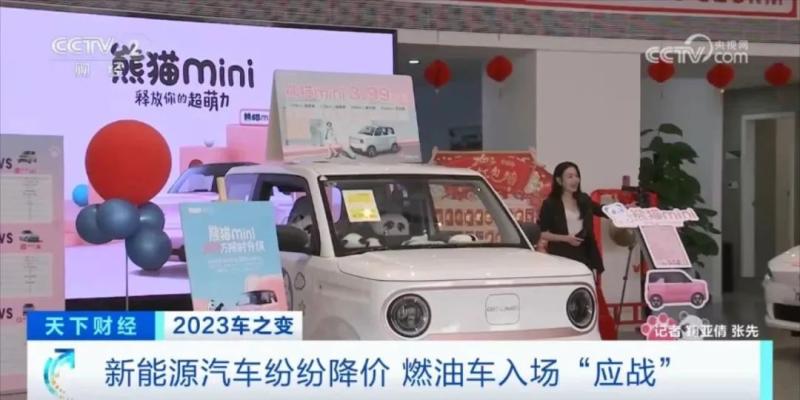
After Hubei, more than 40 car companies and nearly 100 models have joined the "price war" in Shanghai, Guangdong, Jilin and other regions, which has also stimulated consumers’ enthusiasm for buying.
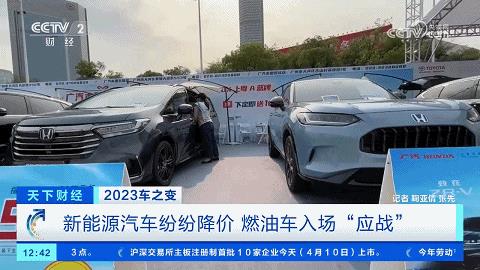
The reporter learned that for fuel vehicles, on the one hand, the price reduction promotion is due to fierce market competition, on the other hand, the "National Six B", which is known as the most stringent emission standard, will be implemented. Car companies that used the "National Six A" emission standard models need to clean up their inventory before the implementation of the new regulations, and price reduction is undoubtedly the most direct and effective means. The price reduction of new energy vehicles also benefited from the sharp drop in the price of raw materials upstream of power batteries. According to industry insiders, in the long run, the new energy vehicle market has great development potential.
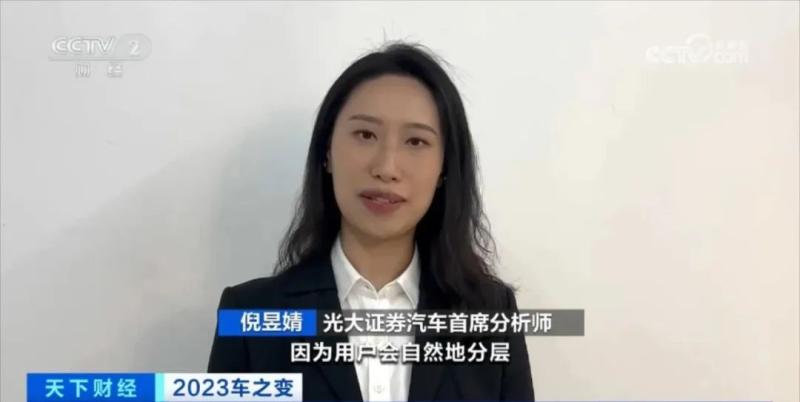
Ni Wei, Chief Analyst of Everbright Securities Automobile:The impact of fuel vehicle price reduction on new energy vehicles will become smaller and smaller, because users will naturally stratify; At the same time, the R&D investment of car companies based on the next generation is basically in the field of new energy vehicles, so we think that the competitiveness of fuel vehicles will become weaker and weaker.
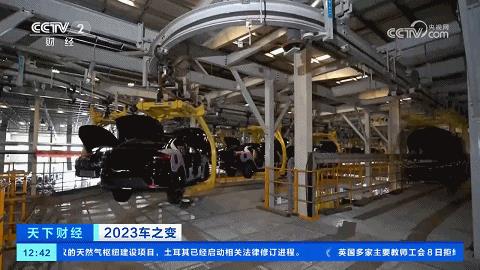
Market participants said that "green and low carbon" has become the transformation direction of the automobile industry, and the rapidly growing brands and models of new energy vehicles are also the performance of traditional automobile enterprises and market transformation. In the foreseeable future, the fast-growing new energy vehicles will launch rounds of challenges to fuel vehicles, and the fuel vehicles themselves are also fully transforming into new energy vehicles. Traditional car companies and new forces will meet again on a smarter and greener track.
